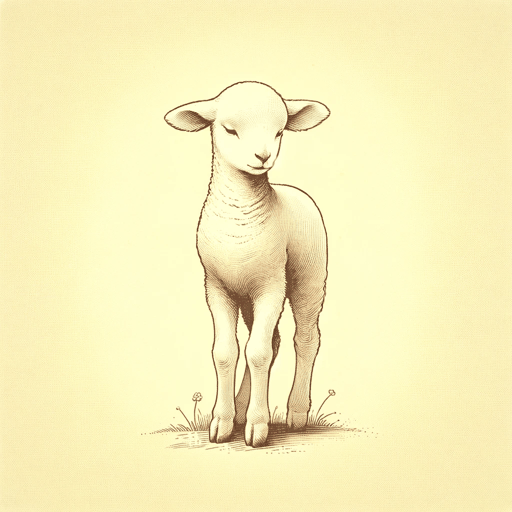58 pages • 1 hour read
Christopher MooreLamb: The Gospel According to Biff, Christ's Childhood Pal
Fiction | Novel | Adult | Published in 2002A modern alternative to SparkNotes and CliffsNotes, SuperSummary offers high-quality Study Guides with detailed chapter summaries and analysis of major themes, characters, and more.
Background
Literary Context: Christian Myth and Menippean Satire
Darker than Horatian satire but lighter than Juvenalian satire, Menippean satire targets human nature, attitudes, and institutions rather than specific individuals. Christian myth’s inherent association with morality and its cast of powerful, instantly recognizable characters make it fertile ground for writers looking to explore humanity’s foibles. One of the most famous examples is Christopher Marlowe’s play Doctor Faustus, which was first produced in London in 1592. The titular scholar summons a demon named Mephistophilis and promises his soul to Lucifer in exchange for 24 years of limitless power, wealth, and glory. Mephistophilis and Faustus visit a number of European cities in scenes that combine moral commentary with adventure and slapstick humor. The playwright also incorporates Christian elements in Scene 6, in which the Seven Deadly Sins take physical shape and parade before Faustus. In the play, Marlowe criticizes hubris and intellectual greed. The protagonist believes that he can outsmart God and the devil, and he is dragged to hell as punishment for his arrogance at the end.
Another highly influential satire that draws on Christian myth is Mikhail Bulgakov’s The Master and Margarita. The novel was published in 1966, over two decades after the author’s death, because the Soviet Union found its content controversial.

